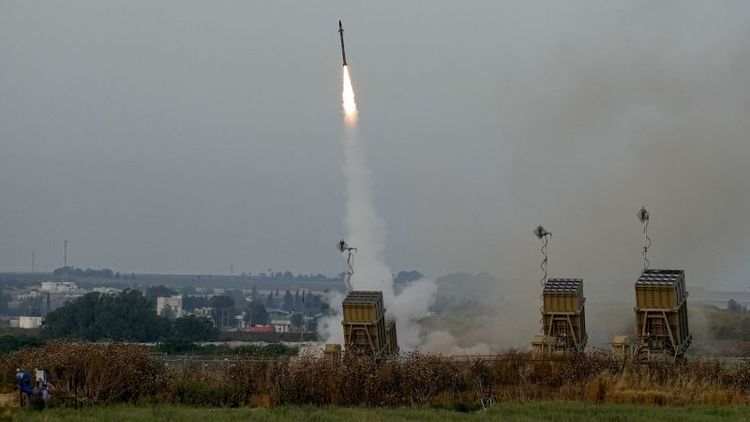The Iron Dome, explained and visualized

Israel has been under attack by numerous missiles, which has resulted in their increased reliance on the Iron Dome system to ensure the safety of its people.
According to analysts, Israel's missile defense system is a crucial resource that has protected countless civilians during multiple conflicts in the last ten years. It is incredibly efficient and has demonstrated a success rate of 95.6% during a rocket attack launched by Islamic Jihad in May, as reported by the Israel Defense Forces.
Work on the Iron Dome initially commenced in 2007. Following assessments in 2008 as well as 2009, the foremost Iron Dome units were put into operation in 2011. The equipment has undergone multiple enhancements ever since.
The purpose of the Iron Dome is to destroy any incoming projectiles. The Iron Dome is fitted with a radar that detects rockets. After detecting the rockets, the command-and-control system of the Iron Dome quickly assesses if the incoming missile has the potential to cause danger or if it is likely to hit an area with no people. If the incoming rocket could be a threat, the Iron Dome quickly shoots missiles from the ground to destroy the missile before it reaches its target.
For people below, a straight interception may seem like a noisy explosion and at times, they may even feel shaking from the ground.
Israel has about 10 Iron Dome batteries that have 3-4 launchers in each, according to Raytheon and the Center for Strategic and International Studies. The system is easily movable and can be set up in a few hours, while the missile interceptors are also highly flexible. These missile interceptors are said to be around 10 feet long, 6 inches wide in diameter, and weigh almost 200 pounds at launch, according to the IHS Jane’s security analysis group from 2012.
IHS Jane's has reported that the warhead is thought to contain 11 kilograms of powerful explosives. Its capabilities are that it can reach a range of anywhere from 4 to 70 kilometers (2.5 to 43 miles).
It is significant to highlight that the Iron Dome is intended to intercept unguided missiles that fly at low heights, unlike the air defense systems that are created to obstruct ballistic missiles. This category of missiles is frequently launched by extremist factions in Gaza.
In times of conflict, the expenses to run Iron Dome can escalate rapidly. It can be an expensive endeavor since every missile comes with a price tag of approximately $40,000. Therefore, intercepting a large number of incoming rockets can lead to a hefty financial burden.
The Iron Dome program has cost the US government more than $1.5 billion, including research expenses. According to an official who spoke to CNN, Israel may ask for further interceptors and military aid from Washington following the attack on Saturday.

















































